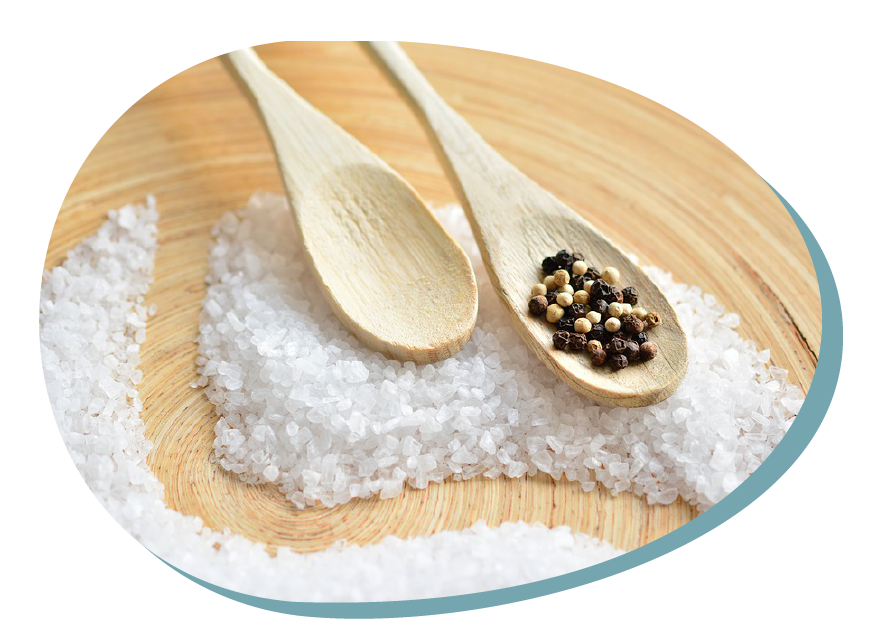Two weights, two measures – static electricity
Type of resource: Website
Web address http://www.lafucinadellescienze.it/wordpress/archives/6075
Language: Italian, English
Description
Find the fastest way to separate salt and pepper using static electricity.
Scientific concept introduced
Negative charge, positive charge, electrostatic energy, heat.
Creative and critical thinking
Critical thinking:
– Reasoning
– Analysis
– Explanation
– Observation
Creative thinking:
– Curiosity
– Imagination
Mathematical reasoning
Measuring
Scientific thinking
Asking questions
Investigating
Observing and forecasting
Analysing results
Recording
Learning how to learn
Follow the instructions of an experiment
Investigate how positive and negative charges interact
Observe and discuss how pepper and salt are divided through electrostatic energy
Additional
Hand-eye coordination
Motor skills
Writing
Reading
Oral language-
Following safety rules
Precise and efficient movement
Teamwork
Two weights, two measures – static electricity
Overall aims
to enable pupils to explore the concept of energy
to enable pupils to explore the concept of weight and mass
enable pupils to explore the concept of negative and positive charge
to enable pupils to explore the concept of heat
develop pupils’ ability to listen and follow instructions
develop pupils’ organisational skills
develop pupils’ communication skills
developing pupils’ skills in observation and prediction
developing pupils’ skills in recording
The three spheres of learning should be included, according to the taxonomy of
Bloom’s taxonomy:
cognitive
affective
psychomotor
Vocabulary – keywords should be understood
salt, pepper, spoon, wool, plastic, negative charge, positive charge, electrostatic energy, heat
Expected learning outcomes (operational aims)
The child/student will be able to:
● follow the instructions of an experiment investigate how positive and negative charges interact with each other
● observe and discuss how pepper and salt are separated by electrostatic energy The child will have developed the ability to make assumptions, observe
STEM skills – to which the learning unit is related to
CORE STEM SKILLS
Asking questions
Investigating
Observing and making predictions
Analysing the results of an experiment
Counting
Recording
Building self-confidence, feelings of self-efficacy in learning
Motivation to learn and engage
ADDITIONAL SKILLS
Hand-eye coordination
Motor skills
Writing
Reading
Oral language
Following safety rules
Precise and efficient movement
Group work
Teaching methodologies/activity outline
1. We have the pupils, divided into groups of four, measure out one teaspoon of salt and one teaspoon of pepper and then ask them to mix the two ingredients together.
2. We ask the pupils: “How can we separate salt from pepper? Can you think of a way to separate
Can you think of a way to separate them using just a spoon? ”
3. We give instructions on how to proceed in the experiment:
We rub the plastic spoon on a piece of woollen cloth.
We point out that by rubbing the spoon, they are giving a negative charge to the plastic spoon. Something that is negatively charged will attract positive particles into different objects.
4. Hold the spoon about an inch above the pile of salt and pepper. Both salt and pepper will be attracted to the spoon, but pepper is lighter, so if they hold the spoon in the right place, the pepper should jump up and cling to the spoon.
Conclusion: Ask the pupils in small groups to recall the various steps of the experiment. We ask each group to record what happened on paper step by step with the help of drawings,
Assessment of learning
Pupil observation sheet.
Equipment and materials to be used in learning unit (tools, ingredients etc)
salt, pepper, plastic spoon, cloth or woollen clothing
Kind of setting
workshop
References – source
La Fisica i cucina: tre esperimenti per tutti
Two weights, two measures – static electricity
1. Usefulness for STEM education – integrating content of different disciplines
Cross-curricular character of the resource

The range of S-T-E-M subjects included

The presentation of possibilities of including artistic activities (STEAM approach)

2. Expected learning outcomes
Consistency (links) with preschool core curriculum

Communicativeness of description

3. Methodology of teaching
Clarity, communicativeness of instructions for teachers

Meaningful learning – using practical life problems

Original idea

The level of ease in implementing the methodology to preschool age children

The level of ease in preparing necessary ingredients, materials and equipment needed

4. Sustainability
Ecological characteristics of materials/ results

Supporting healthy eating habits

Low ecological footprint

Possibilities of inclusion (respecting cultural diversity and food intolerances)

5. Class management
Using differentiated forms of work – individual, team work etc.

Individual work

Team work

Whole group
6. Time management

Short activity (10-15 minutes)

Medium activity (20-30 minutes)

Long activity (1 hour or more)

Very long activity (1 day or more)
PDF: https://www.printfriendly.com/p/g/UMpwNy

